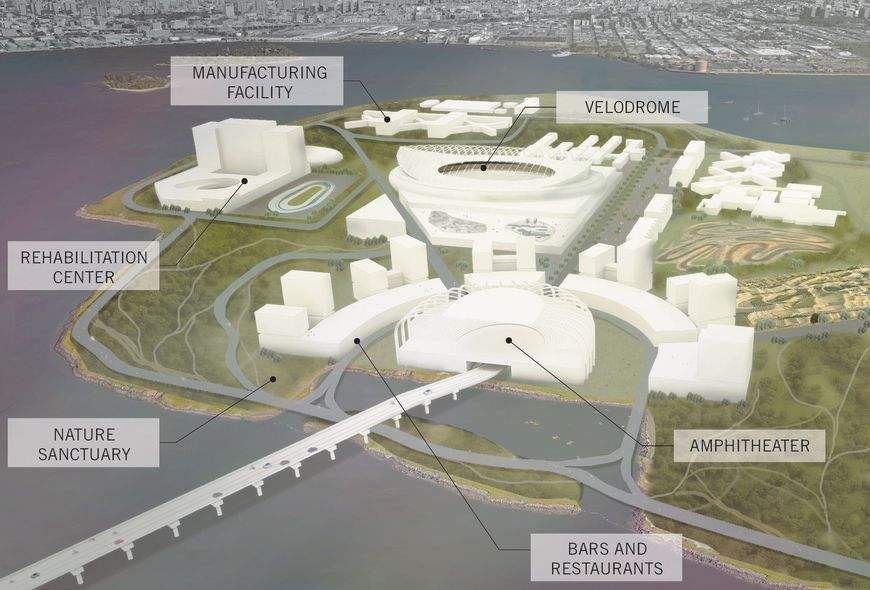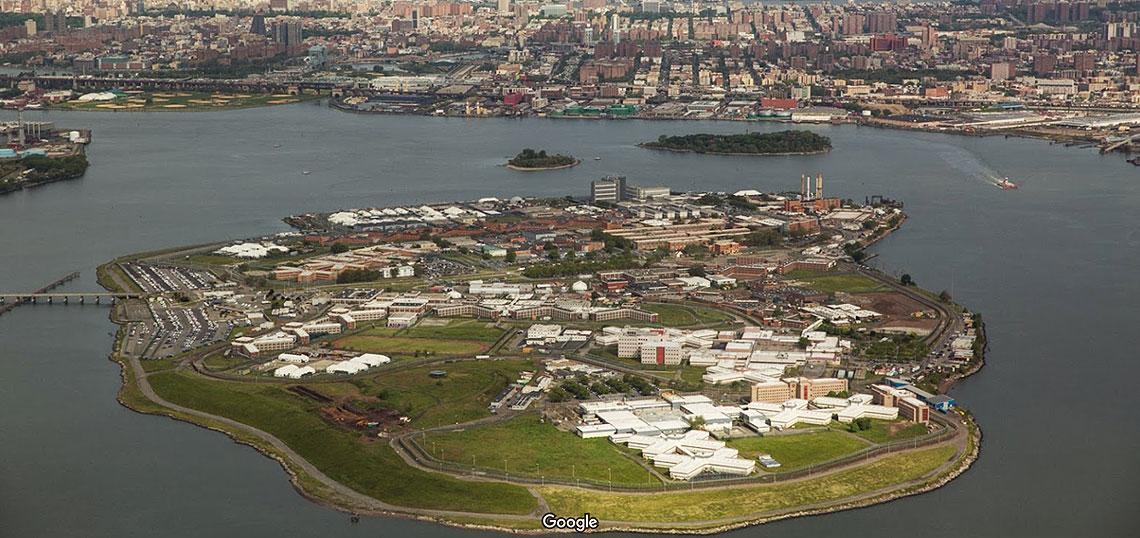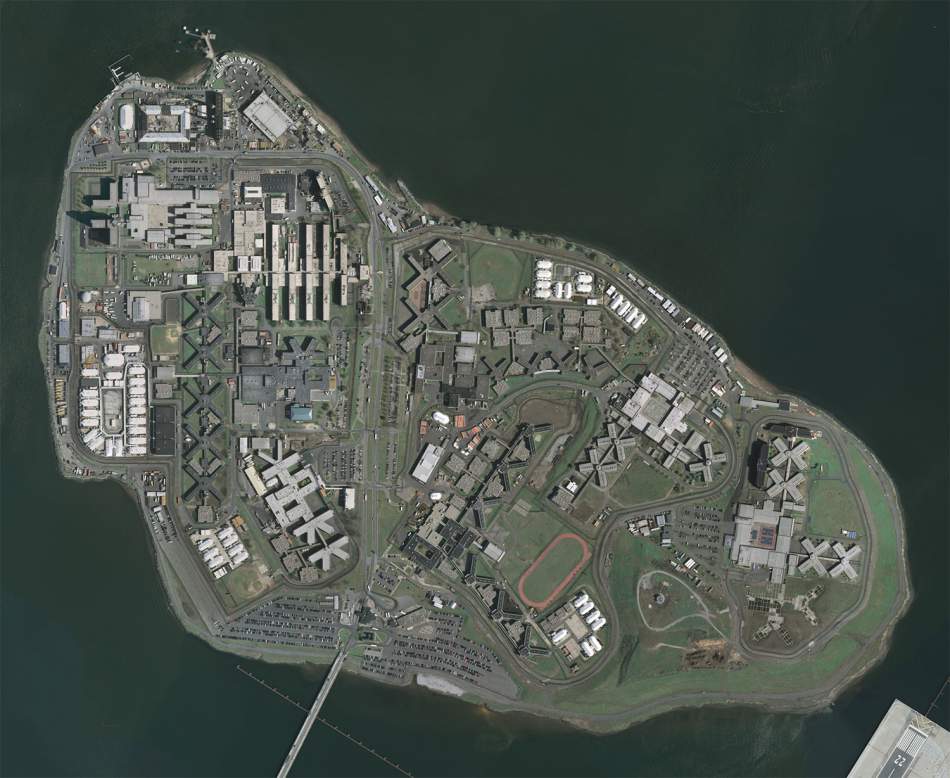Long one of the country's most notorious jails, Rikers Island could soon be remade into a renewable energy hub.
Last Thursday, Mayor Bill de Blasio signed into legislation the "Renewable Rikers Act," a pair of bills set to radically transform the island's use once its jail facilities shutter in 2027.
The first bill (Intro. 1592-A) will see jurisdiction over Rikers Island transferred from the Department of Corrections to the Department of Citywide Administrative Services (DCAS) beginning July 1, 2021, with a full transfer completed by August 31, 2027. This bill also establishes a Rikers Island Advisory Committee that will include members who were in custody on Rikers Island, members whose immediate family members were in custody on Rikers Island, and environmental justice advocates and sustainability experts. The Advisory Committee will be tasked with making recommendations on the future uses of the island for sustainability and resiliency purposes.
The second bill (Intro. 1593-A ) requires the Mayor’s Office of Sustainability to conduct a study into transforming the site into new renewable energy and storage facilities.
According to the Natural Resources Defense Council (NRDC), the conversion of Rikers into a green energy stronghold "could make it possible to decommission polluting peaker power plants and inefficient wastewater treatment facilities burdening environmental justice communities, while creating new green jobs on the island."
 A proposal to turn Rikers into "Bikers Island"Perkins + Will
A proposal to turn Rikers into "Bikers Island"Perkins + Will
In 2019, the City Council approved plans to shut down Rikers by 2027, replacing the 10,000-bed jail complex with borough-based facilities in Brooklyn, Manhattan, Queens, and the Bronx.
Following the announcement, a number of creative reuse ideas emerged, including a Laguardia Airport expansion, affordable housing, and even the development of a bicycle manufacturing incubator.
The Independent Commission on New York City Criminal Justice and Incarceration Reform was among the first to pose the idea of using the island for critical environmental infrastructure, as outlined in a 2017 report.
The existing challenges are, of course, that the 413-acre plot of city land is mostly landfill and methane leaks are a persistent problem. Rikers is also home to its own peaker power plant. This amalgam makes for a toxic melange that exposes occupants to high levels of PM2.5 particles and other environmental hazards. The instability of the ground resulting from methane pockets also puts the foundation of any newly erected structure at risk.
Given these issues, as well as Riker's fraught past life, environmental justice and prison reform groups have long contended that the directives outlined in the Renewable Rikers Act represent the best path forward.
“For generations, Rikers Island has been a symbol the world over of our country’s failures to truly embody the principles of liberty and justice for all,” said Council Member Costa Constantinides, who sponsored the legislation.
“With the passage of the Renewable Rikers Act into law, however, we will finally close the book on the island’s brutal history. Now we can begin the work of fulfilling the promise of Renewable Rikers and bringing true restorative and environmental justice to the communities that have long suffered in its shadow. I thank the mayor for his support of the Renewable Rikers Act and to all the advocates whose work led us to this momentous day.”
- The Bronx (Urbanize NYC)







